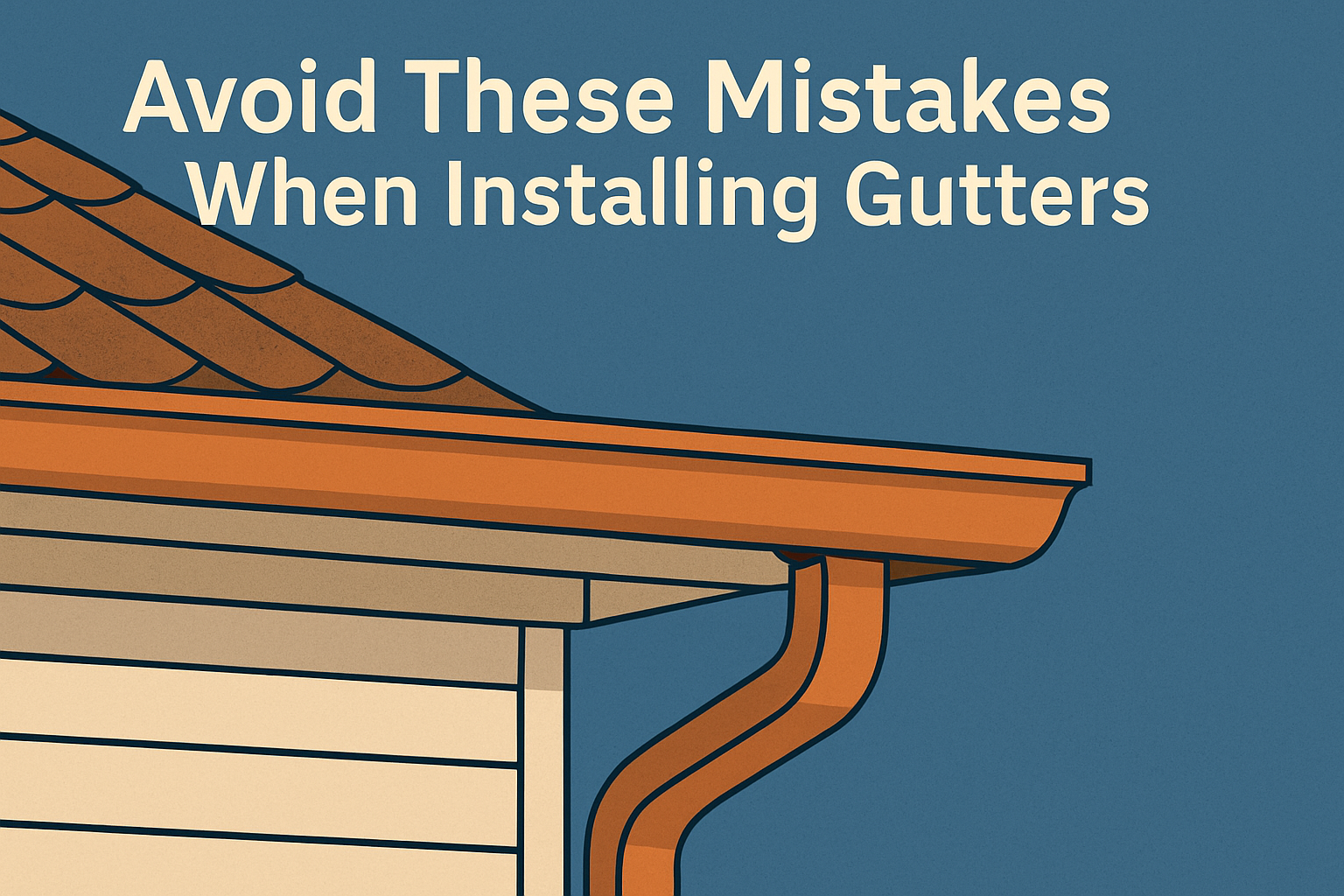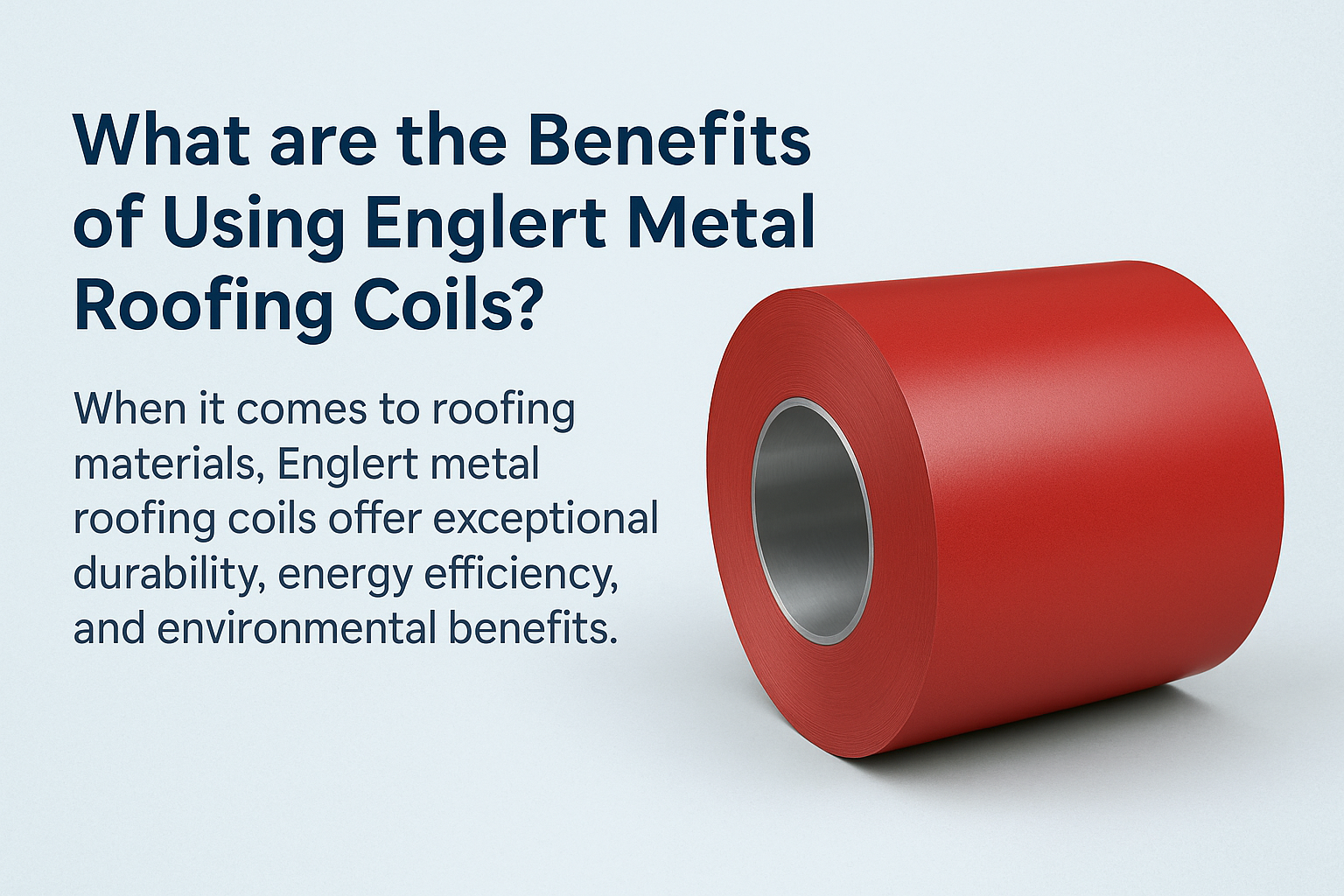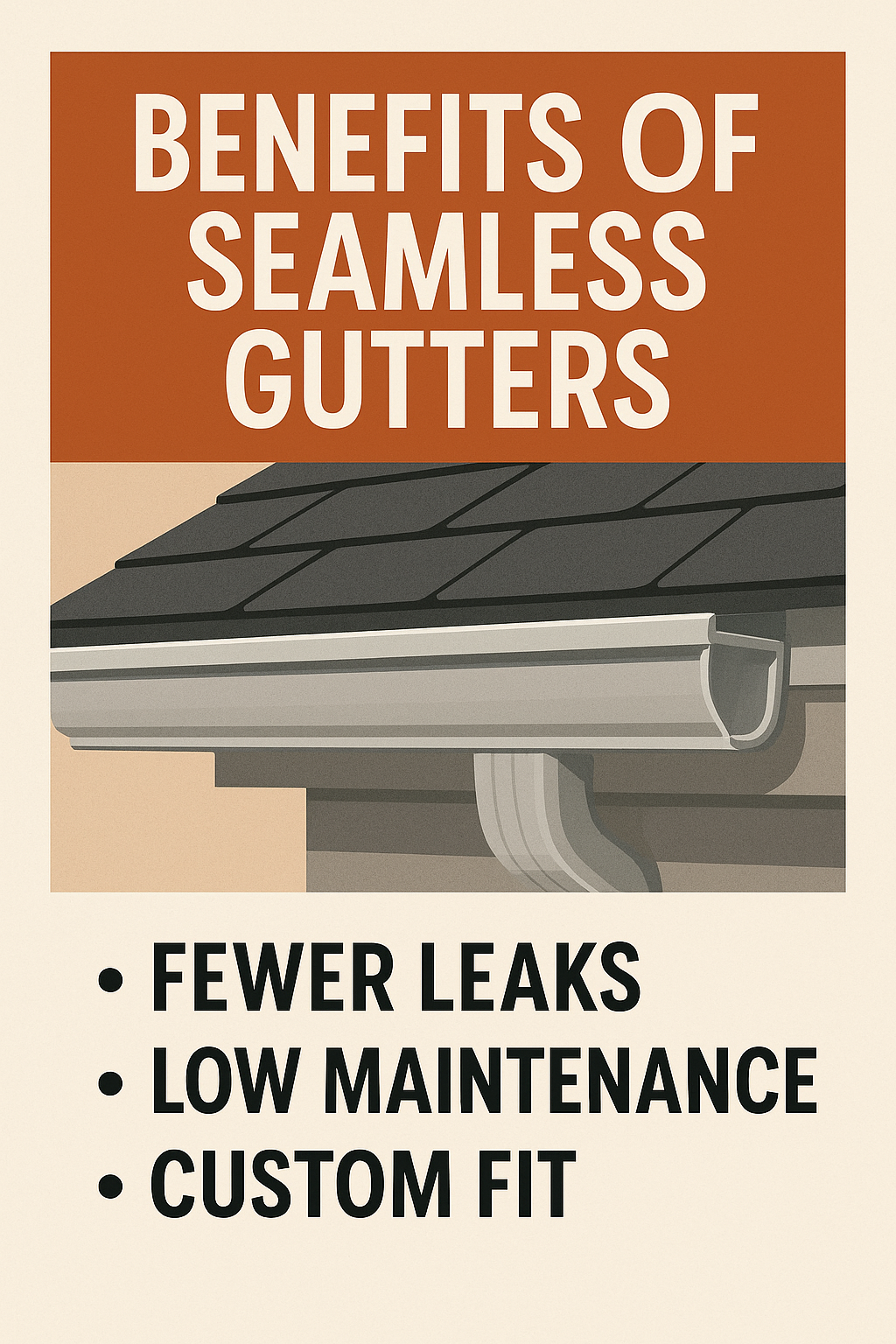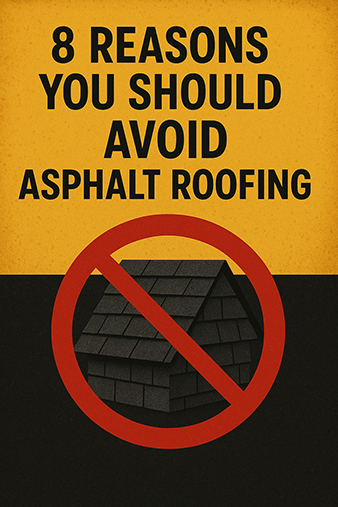Standing Seam VS Exposed Fastener Metal Roof Options: A Comprehensive Guide
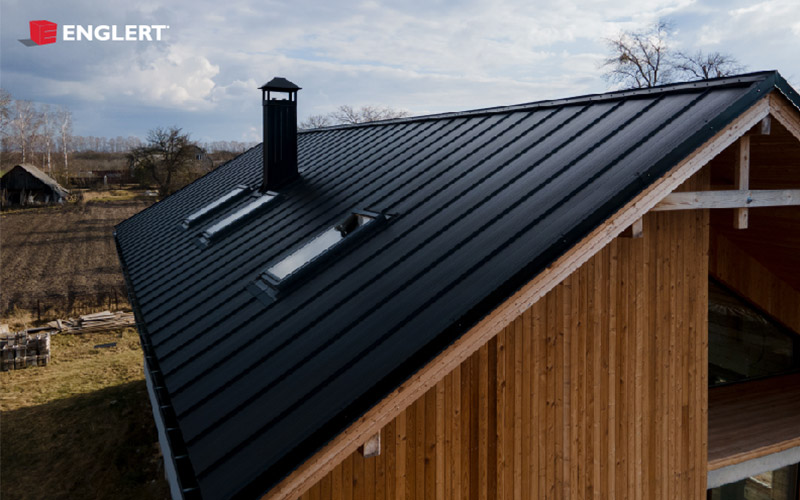
Choosing the right metal roofing is vital for the longevity and aesthetics of any building. This comprehensive guide explores two popular options: standing seam vs exposed fastener. Standing seam metal roofs, with their sleek, modern appearance and hidden fasteners, provide excellent durability and weather resistance. In contrast, exposed fastener metal roofs are known for their affordability and ease of installation, with visible fasteners that offer a distinctive look. By understanding the unique characteristics and benefits of each type, you can make an informed decision that best suits your residential, commercial, or industrial roofing needs.
Types of Metal Roof Panels
Get to know the different types of metal roof panels, including standing seam and exposed fastener options.
Standing Seam Metal Roof
Standing seam metal roofs are characterized by their raised seams, which run vertically along the panels. These seams are typically between 12 to 24 inches apart and are designed to be interlocking, creating a continuous and sleek look. The raised seams make standing seam roofs more watertight and resistant to weather conditions.
Applications
Residential Buildings: Preferred for modern and high-end homes due to their sleek appearance.
Commercial Buildings: Ideal for offices, retail spaces, and other commercial properties seeking long-term roofing solutions.
Industrial Buildings: Suitable for warehouses and factories that require robust and reliable roofing.
Exposed Fastener Metal Roof
Exposed fastener metal roofs feature panels that are directly fastened to the roof deck or frame through the surface of the panel. The fasteners, often equipped with washers, remain visible once the installation is complete. This type of metal roofing is generally more cost-effective than standing seam roofs.
Applications
Agricultural Buildings: Commonly used for barns, sheds, and other agricultural structures due to their cost-effectiveness.
Industrial Buildings: Suitable for warehouses, factories, and storage facilities.
Residential Buildings: Often used for outbuildings, garages, and utility sheds.
Commercial Buildings: Can be used for budget-friendly commercial projects that prioritize functionality over aesthetics.
What Is A Standing Seam Metal Roof?
A standing seam metal roof is a type of roofing system that features panels running vertically from the roof's ridge to the eaves. The key characteristic of this roofing style is its raised seams, which create a distinctive, sleek appearance.
These seams typically rise above the flat surface of the panel and are connected by concealed fasteners, hidden beneath the raised seams. This provides a clean and modern look and ensures enhanced weather-tightness. Common roofing materials used for standing seam metal roofs include steel, aluminum, and copper.
What Is an Exposed Fastener Metal Roof?
An exposed fastener metal roof or metal shingles involves panels that are attached directly to the roof deck using screws that penetrate the panel, leaving the fastener heads visible. These panels are wider than those used in standing seam systems and are often found in various profiles and colors, making them a versatile choice for many architectural styles.
Exposed fastener systems are frequently used in both residential and commercial applications due to their affordability and straightforward installation process.
Advantages of Standing Seam Roof Metal Panels
Durability and Longevity
Standing seam metal roofs are known for their exceptional durability. The concealed fasteners reduce the risk of leaks and potential damage, extending the roof's lifespan significantly compared to other roofing types.
Sleek Appearance
The uninterrupted lines of a standing seam panels roof contribute to a modern, sophisticated look. This aesthetic appeal can enhance the curb appeal and overall value of any property.
Weather Resistance
The raised seams and hidden fasteners make standing seam roofs highly resistant to harsh weather conditions, including heavy rain, snow, and high winds. This makes them an excellent choice for areas prone to severe weather.
Energy Efficiency
Many standing seam metal roofs are designed with reflective coatings that help reduce heat absorption, leading to lower energy costs by keeping buildings cooler in the summer.
Low Maintenance
The durability and weather resistance of standing seam metal roofs mean they require minimal maintenance over their lifespan, saving homeowners both time and money.
Advantages of Exposed Fastener Metal Roofing
Cost-Effective
Exposed fastener metal roofs are generally less expensive to install compared to standing seam roofs. The lower roofing material and labor costs make them an attractive option for budget-conscious projects.
Ease of Installation
The installation process for exposed fastener roof is relatively straightforward, often resulting in quicker completion times. This can be particularly beneficial for large-scale projects or when time constraints are a factor.
Versatility in Design
With a wide range of panel profiles, colors, and finishes available, exposed fastener metal roofs offer extensive design flexibility. This allows for customization to match various architectural styles and preferences.
Suitable for Low-Slope Applications
Exposed fastener roofs can be used on low-slope roofs, making them a versatile option for different building types and designs.
Good Performance
While they may not offer the same level of performance as standing seam roofs in extreme weather, exposed fastener roofs still provide solid protection and durability for many residential and commercial applications.
Standing Seam VS Exposed Fastener: Which Option Is Better?
Choosing between standing seam vs exposed fastener panels depends on your priorities. Standing seam metal roofing offers superior durability, a sleek appearance, and excellent weather resistance, making it ideal for high-end and long-term projects. Exposed fastener roofs are more cost-effective and simpler to install, suitable for budget-conscious or less critical applications. Assess your needs for durability, aesthetics, and budget to determine the best option for your roofing project.


